The Best Museums in Oxford
The Best Museums in Oxford
Over the years, our student guides have spent lots of time in Oxford’s museums. Whether it be art students enjoying a rainy day in the Ashmolean Museum, or scientists visiting the History of Science Museum, during their studies they have explored it all. Luckily for us, they have gathered together their favourites to share with you! After you have been on a tour with us to get to know the city, we would recommend discovering the indoor wonders of Oxford. Best of all, many of them are free!
Of course, Oxford has more cultural hotspots to boast than just museums. For any budding artists, just check out our pick of the best art galleries in Oxford, and for those that enjoy curling up with a good book, our student guides have given us the top tips for the best libraries in Oxford!
Table of Contents
The Ashmolean Museum

What is it?
No trip to Oxford would be complete without visiting Britain’s first public museum, the Ashmolean Museum, Oxford’s world-famous museum of art and archaeology. Founded in 1683 after Elias Ashmole donated his cabinet of curiosities to the University of Oxford, the Ashmolean boasts an incredibly diverse array of archaeological and fine art specimens, ranging from Egyptian mummies and classical sculpture to the world’s greatest collection of Raphael etchings.
"The John Sainsbury Exhibition Galleries, which opened in 2009, hosts a variety of world-class temporary exhibitions. Recent shows have included 'Jeff Koons at the Ashmolean', 'America's Cool Modernism: O'Keeffe to Hopper', and 'Raphael: The Drawings'.
The Pitt Rivers Museum
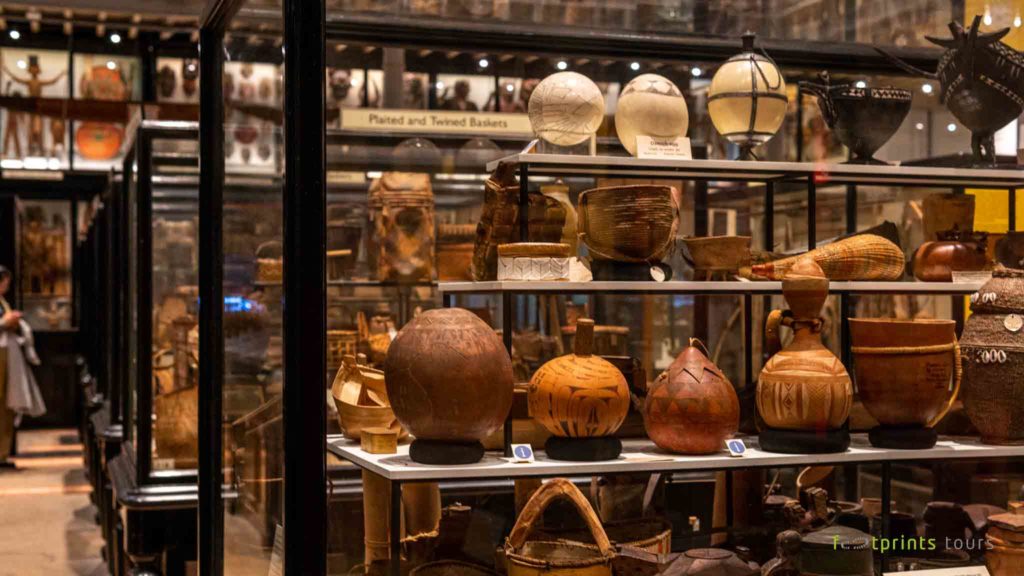
What is it?
The Pitt Rivers Museum is an underrated gem. Hidden in the same building as the Oxford University Museum of Natural History, the museum was founded in 1884. Augustus Pitt Rivers, who donated his private collection to the University of Oxford, insisted that a permanent lecturer in anthropology must be appointed at the university. Even today, the museum staff are involved in teaching anthropology and archaeology at the University.
Over three floors, the museum houses cabinet upon cabinet of objects and curiosities (half a million of them, to be exact) donated by scholars, explorers, and missionaries. The collection is arranged typologically, according to how the objects were used, rather than according to their age or origin location. This organisational layout owes a lot to the theories of Pitt Rivers himself, who intended for his collection to show the progression of human culture and design from the simple to the complex. Today, the Pitt Rivers Museum cares for one of the world’s great collections of anthropology and world archaeology.
For those interested in ink or piercings, check out the body art and ornament section for a world of ideas!
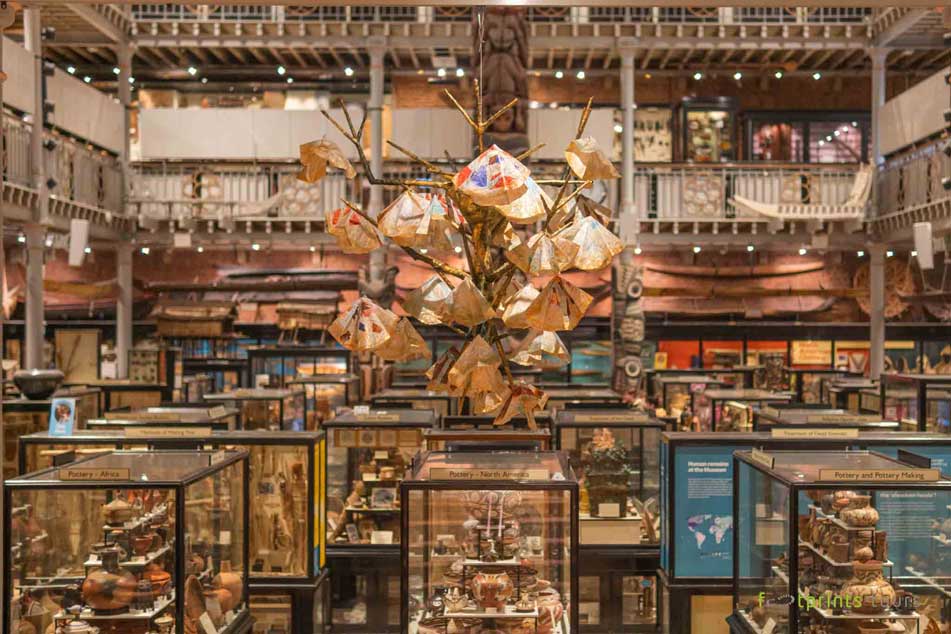
The Story Museum
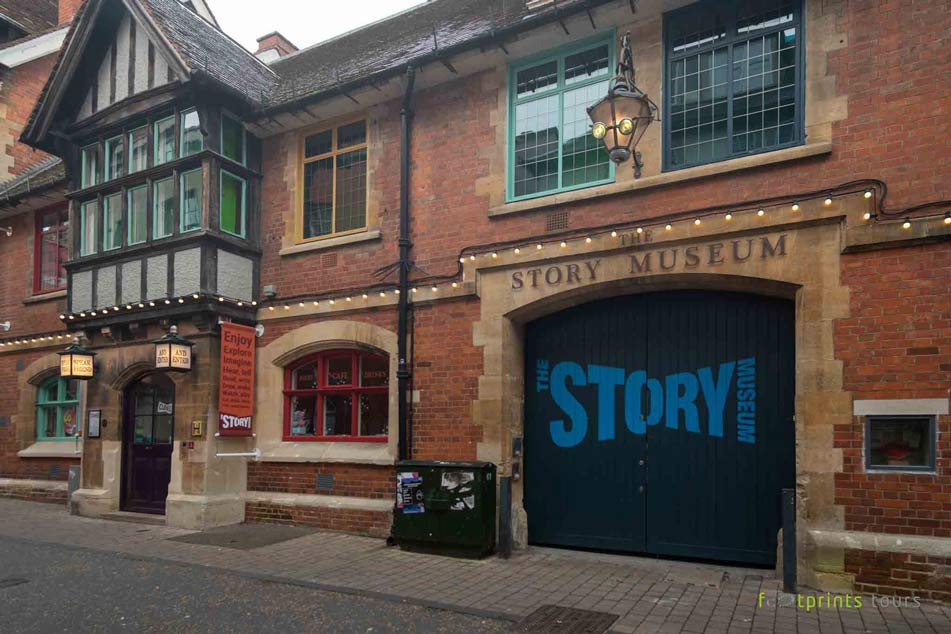
What is it?
Perfect for families and people of all ages, the Story Museum, Oxford’s most unique attraction, celebrates the power of storytelling. Through imaginative exhibitions and exciting programmes of events, performances, and workshops, the Story Museum has engaged visitors since 2003. The museum has coordinated projects with some of the world’s most famous authors and illustrators, including Philip Pullman, Terry Pratchett, Michael Morpurgo, Jacqueline Wilson, and Quentin Blake. Take a walk into Narnia through the wardrobe, get a hint into what inspired the creations of hobbits or the Queen of Hearts and lots more!
Oxford's Alice's Day is hosted by the Story Museum. This is held on the first Saturday in July to celebrate the first telling of Lewis Carroll’s Alice's Adventures in Wonderland.
Modern Art Oxford
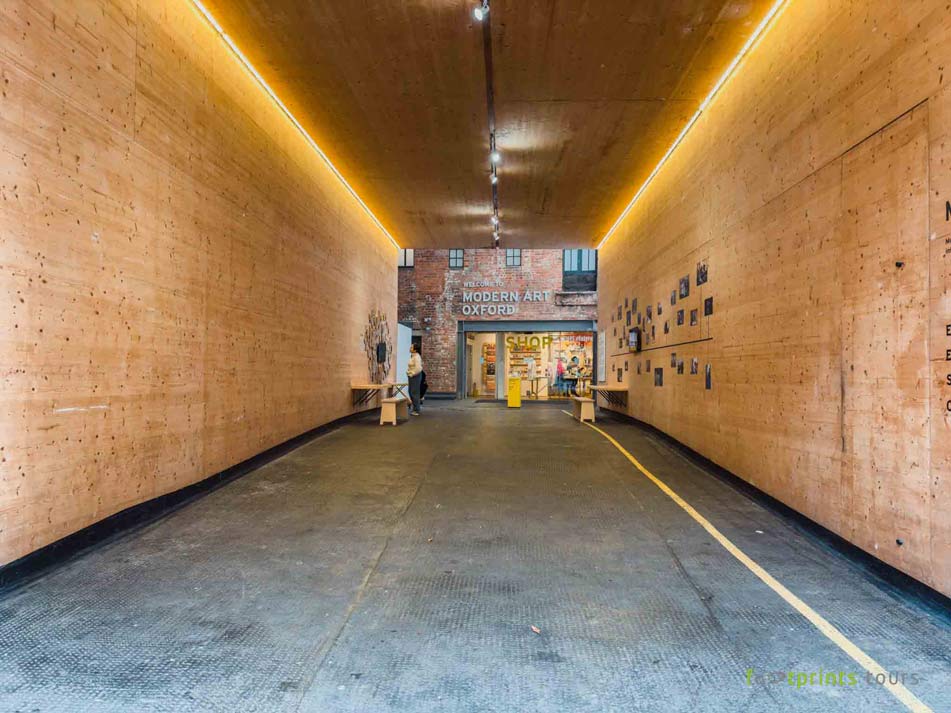
What is it?
Explore the wonders of the present at Modern Art Oxford one of the UK’s leading contemporary art spaces. Founded in 1966, for a traditional city like Oxford, this gallery feels like a breath of fresh air! Despite being small in size, Modern Art Oxford has been pivotal in shaping Oxford’s art scene. With its regular exhibitions with well-known artists, this gallery is a must-see for art lovers.
The gallery runs regular creative workshops and talks for a more interactive experience.
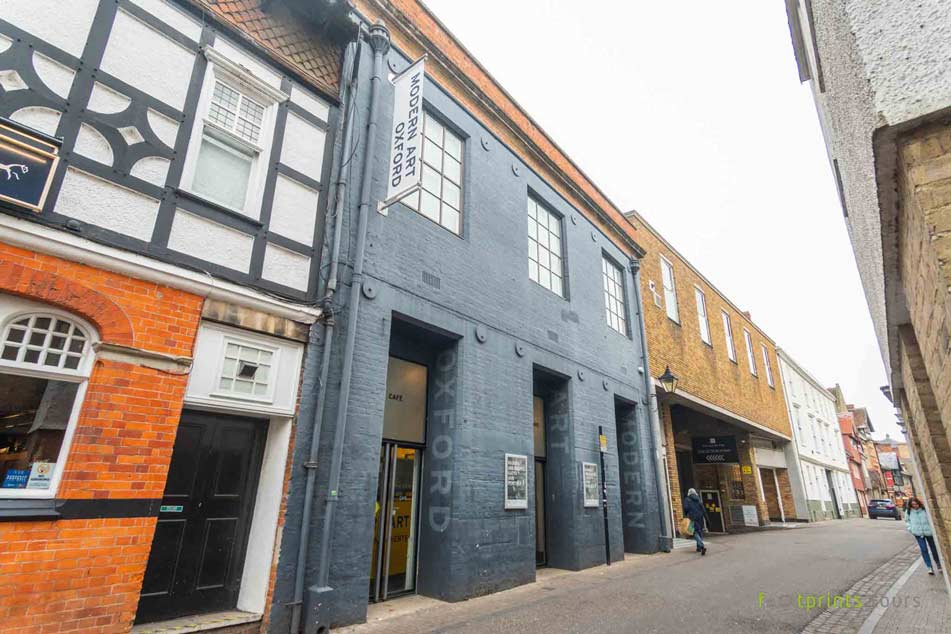
The History of Science Museum
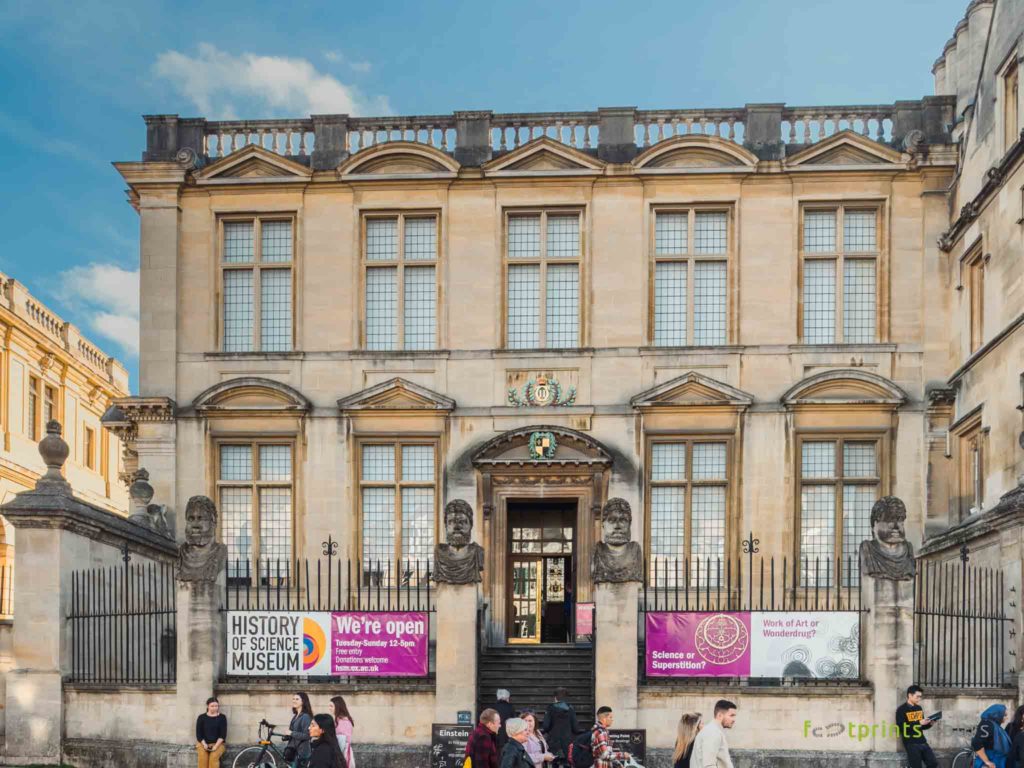
What is it?
Oxford’s History of Science Museum was originally built as the site of Old Ashmolean Building in 1683, and it is the world’s oldest surviving purpose-built museum building. The original concept of the museum was to institutionalise the new learning about nature that appeared in the 17th century. Experiments concerning natural philosophy were undertaken in a chemical laboratory in the basement, while lectures and demonstrations took place in the School of Natural History. In 1924, Lewis Evans donated his collection of historic scientific instruments, creating the Lewis Evans Collection. With more donations, the museum’s name was changed to the Museum of the History of Science in 1935. Eventually, in 2018 the university renamed it the History of Science Museum.
The museum’s collections of astrolabes and sundials are the largest in the world and include instruments once owned in the 16th century by Cardinal Wolsey, Nostradamus, and Queen Elizabeth I!
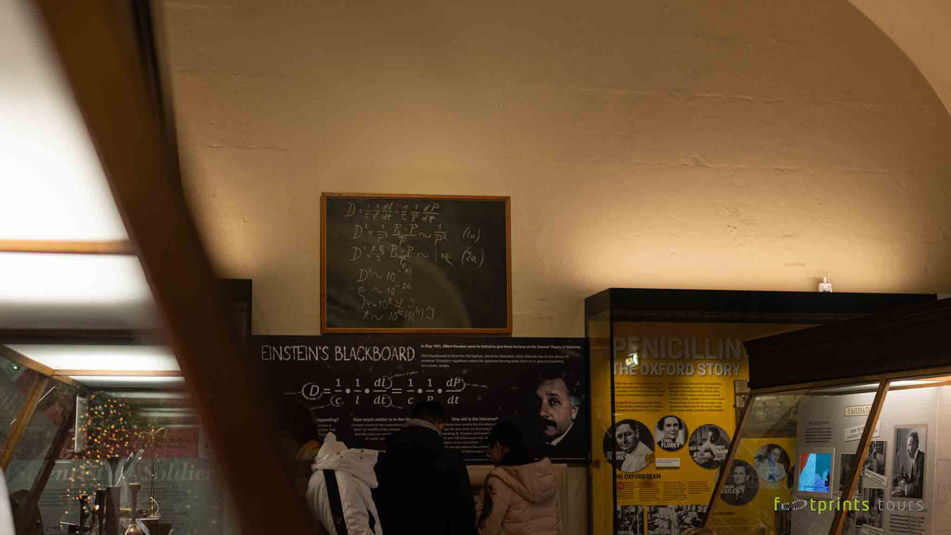
Oxford University Museum of Natural History

What is it?
With a collection of over seven million objects, the Oxford University Museum of Natural History is like London’s Natural History Museum but on a quainter scale! Spare an hour or two to discover the museum’s internationally significant collection of natural history specimens. Keen explorers will find fossils and replicas of dinosaurs and be able to wander around the building still used as lecture theatres by the University’s chemistry, zoology, and mathematics departments.
The museum holds the last soft-tissue specimen of the now-extinct Dodo! It is this exhibit that is thought to have inspired Lewis Carroll to create the character in the Alice’s Adventures in Wonderland.
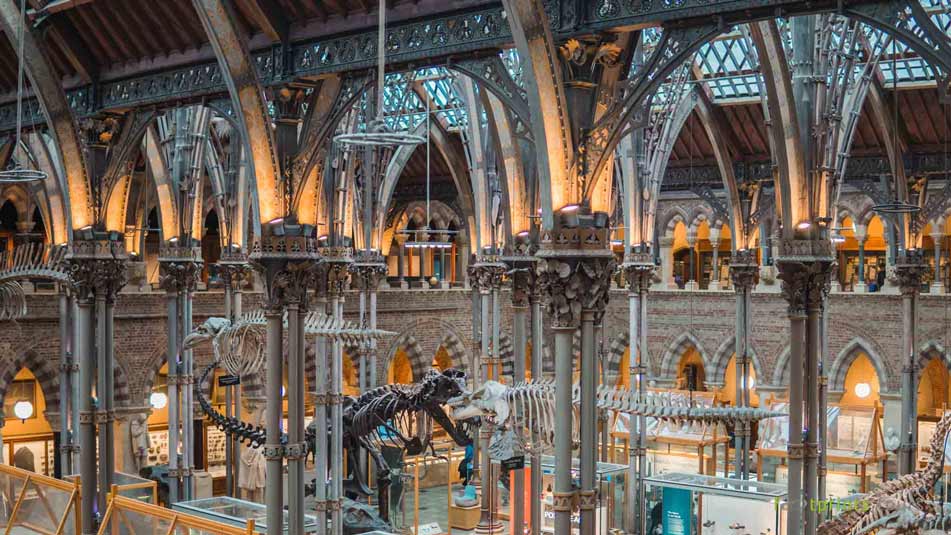
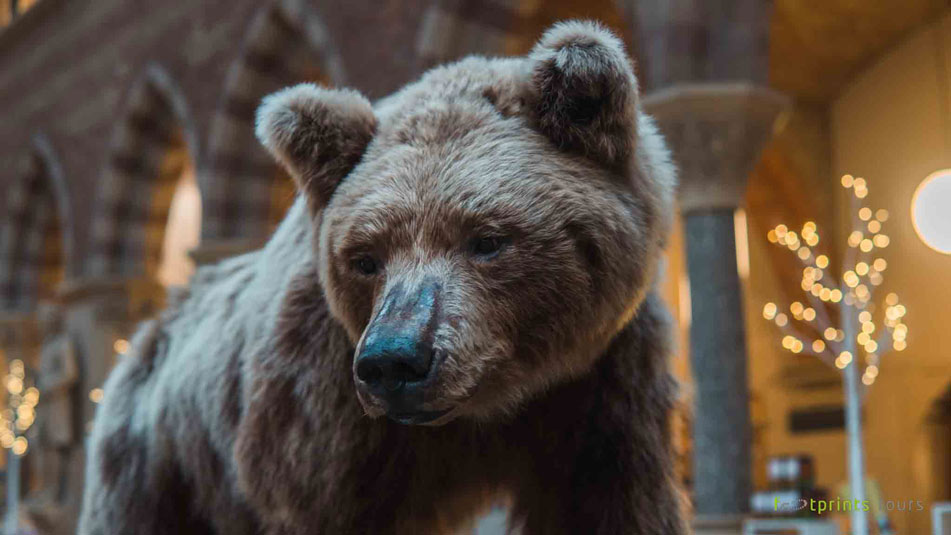
The Museum of Oxford
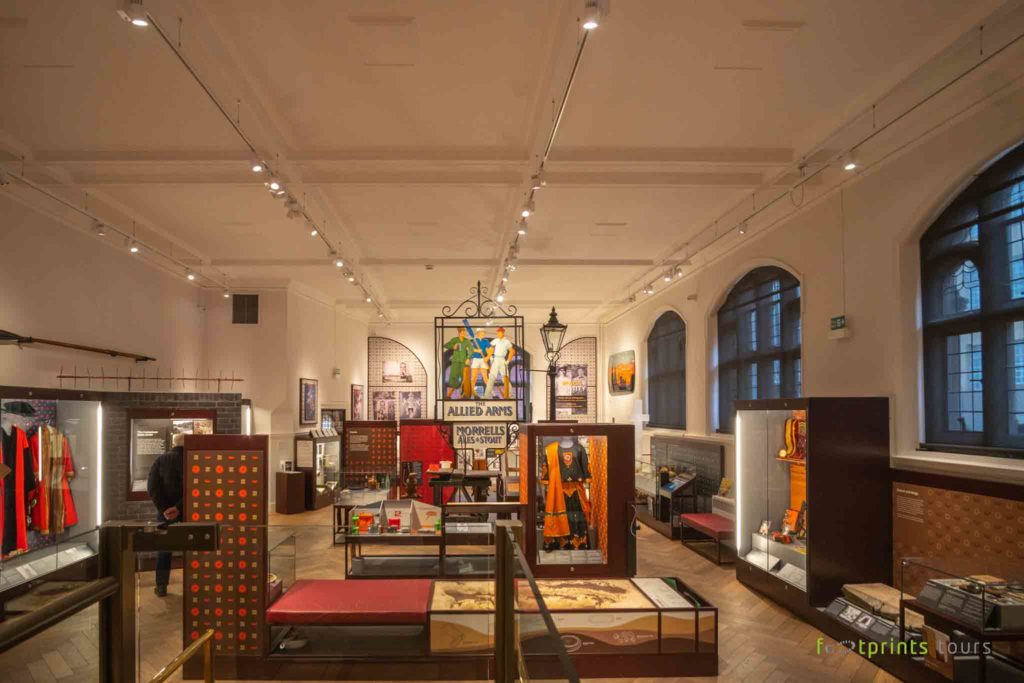
What is it?
For those who want to know more about the history of Oxford, this one’s for you! Charting the history of the city throughout time, the Museum of Oxford is located in Oxford’s Town Hall. What better way to learn about the city than to visit its own dedicated museum? Did you know that Oxford was put under siege three times during the English Civil War? Sign us up!
The Museum of Oxford also runs tours of Oxford’s Town Hall, during which you’ll be able to explore the Court Room, Council Chamber, and the Lord Mayor’s parlour.
Oxford University Press Museum
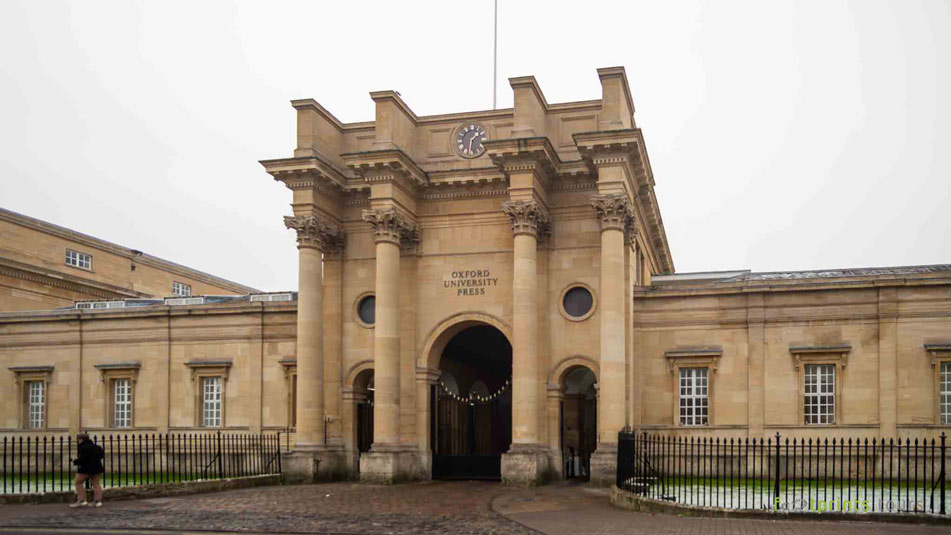
What is it?
In Oxford tourists are able to visit one of the oldest printing presses in England! The Oxford University Press Museum traces the history of the University of Oxford’s involvement in printing and publishing from the fifteenth century to today. It also includes displays on key publications such as the Oxford University Almanack, Alice’s Adventures in Wonderland, the Oxford English Dictionary, and access to OUP’s latest online content.
For a more in-depth look at the wonders on display, book a thirty minute tour in advance!
Read next
Link to Bodleian Library article
Link to best art galleries in Oxford article
Link to Harry Potter’s Oxford article
Link to Oxford cornerstone content (24hr in Oxford? Ultimate guide?)
